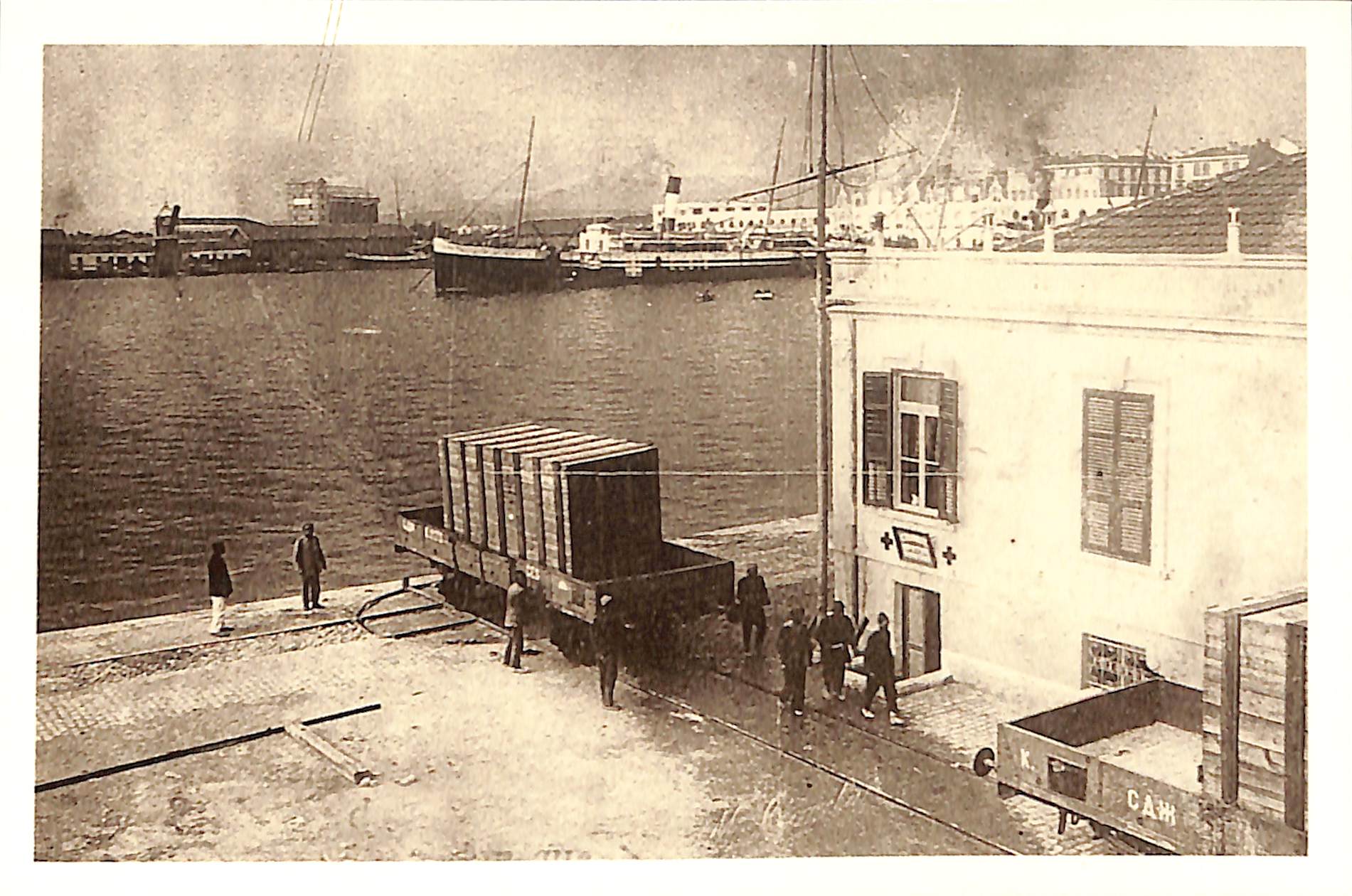
4/28/2025 4:22:53 PM
The Railway Line of the Yugoslav Free Zone of Thessaloniki (Y.F.Z.T.)
Greece had committed, under an agreement dated May 14, 1914, to grant Serbia a free zone in the port of Thessaloniki. To facilitate Yugoslav transit trade through the port, the Yugoslav Free Zone of the Port of Thessaloniki was officially established in 1923, due to the friendly relations between the two countries. The zone was housed within a walled area of 94,000 square meters and included Pier 2, with quay 9 serving as the docking point for ships. A commercial railway line was used to transport goods from Belgrade to the port of Thessaloniki. On October 11, 1928, a Greek-Serbian protocol was signed in Belgrade, regulating the zone’s operational status, essentially reviving the earlier agreement of May 10, 1923. The zone was administered by Yugoslav customs officials, without affecting Greek sovereignty over either the zone or the Gevgelija–Thessaloniki railway line. The Yugoslav Free Zone was officially abolished in 1975, and after the contract extensions expired in 1995, Serbian goods continued to pass through Thessaloniki’s Free Zone without special arrangements. Pictured: A Yugoslav rail vehicle at the Yugoslav Free Zone of Thessaloniki (Y.F.Z.T.), which operated from 1923 under a Greek-Yugoslav agreement. ©Municipal Photography Museum of Kalamaria ‘Christos Kalemkeris’.

